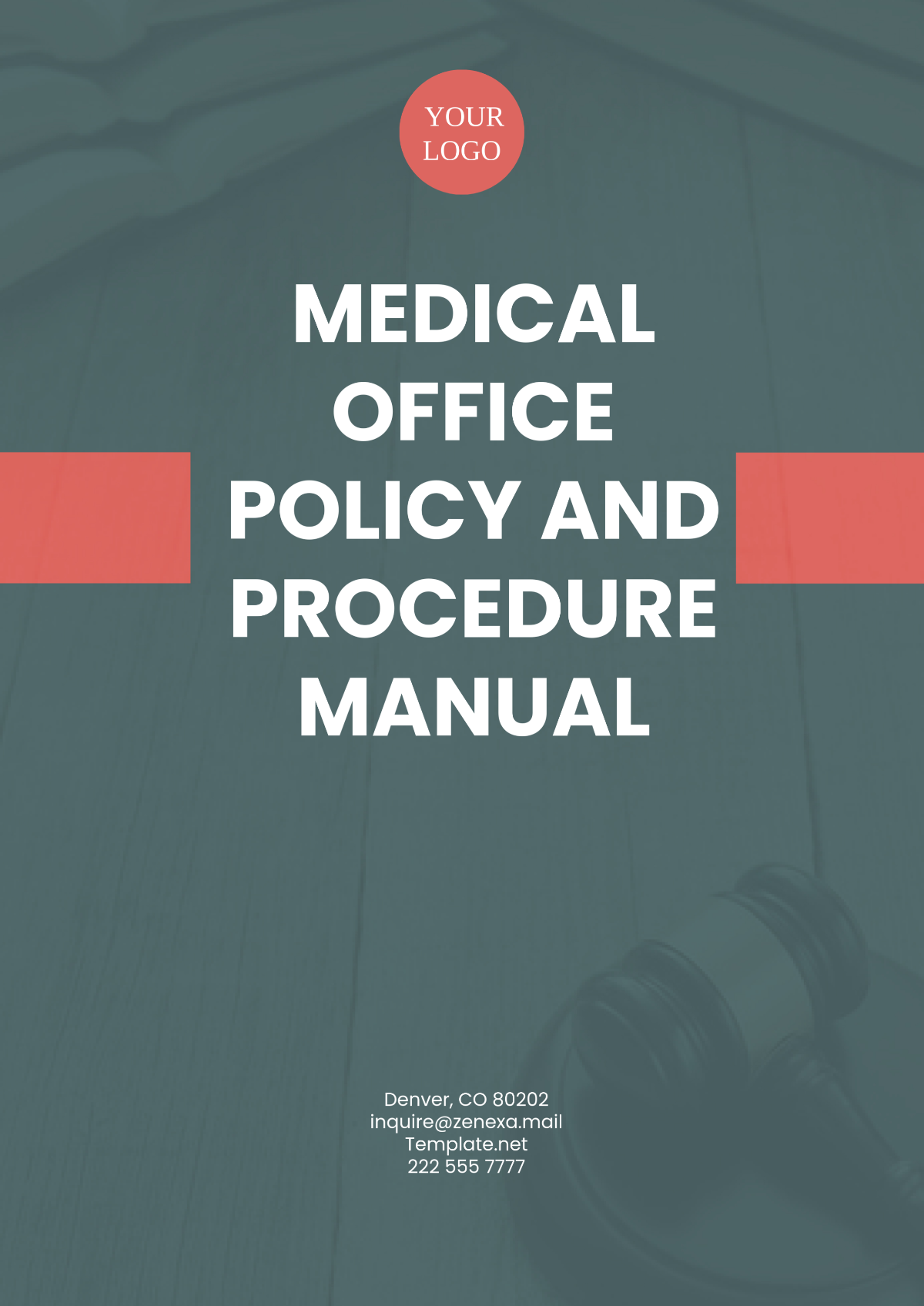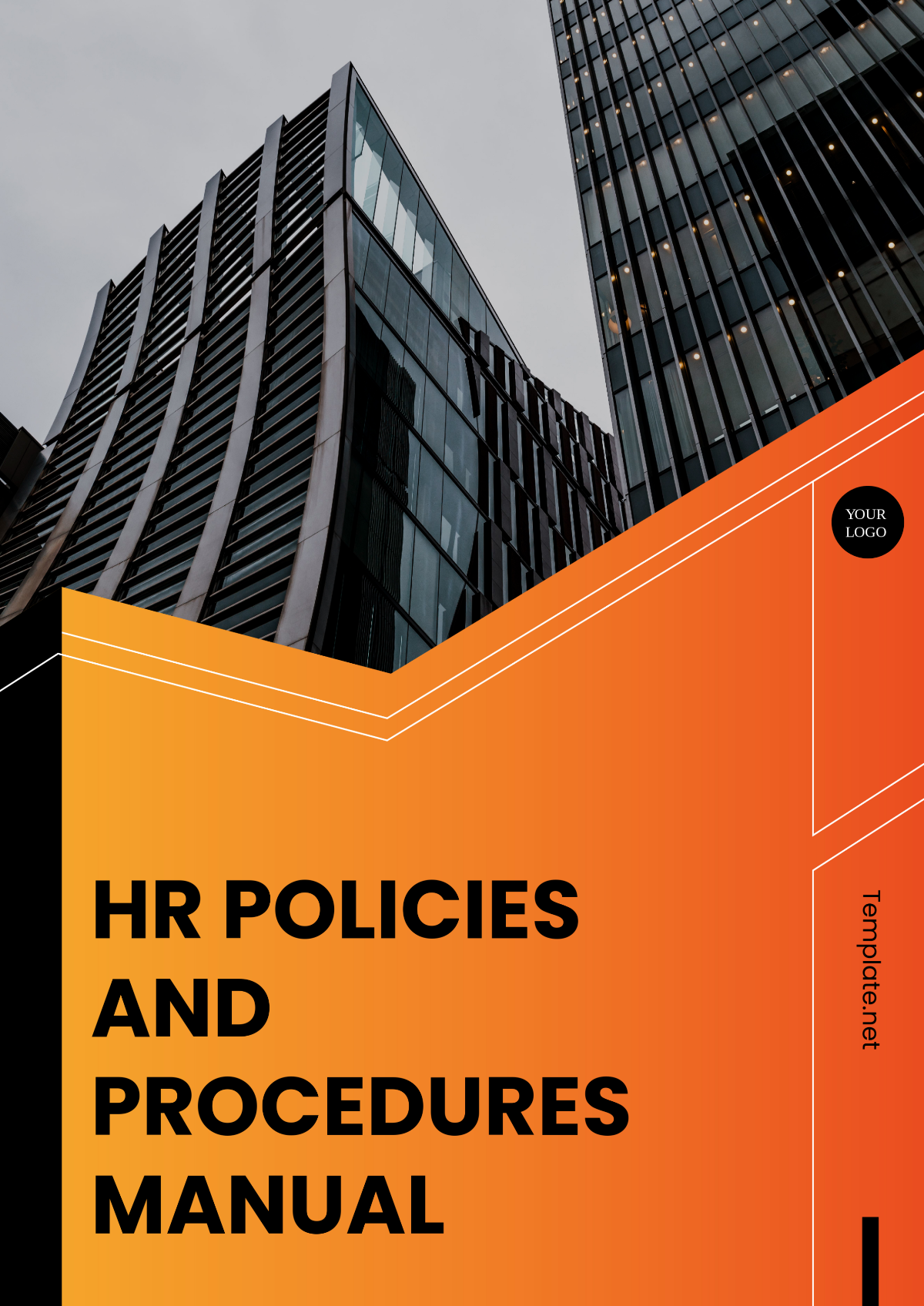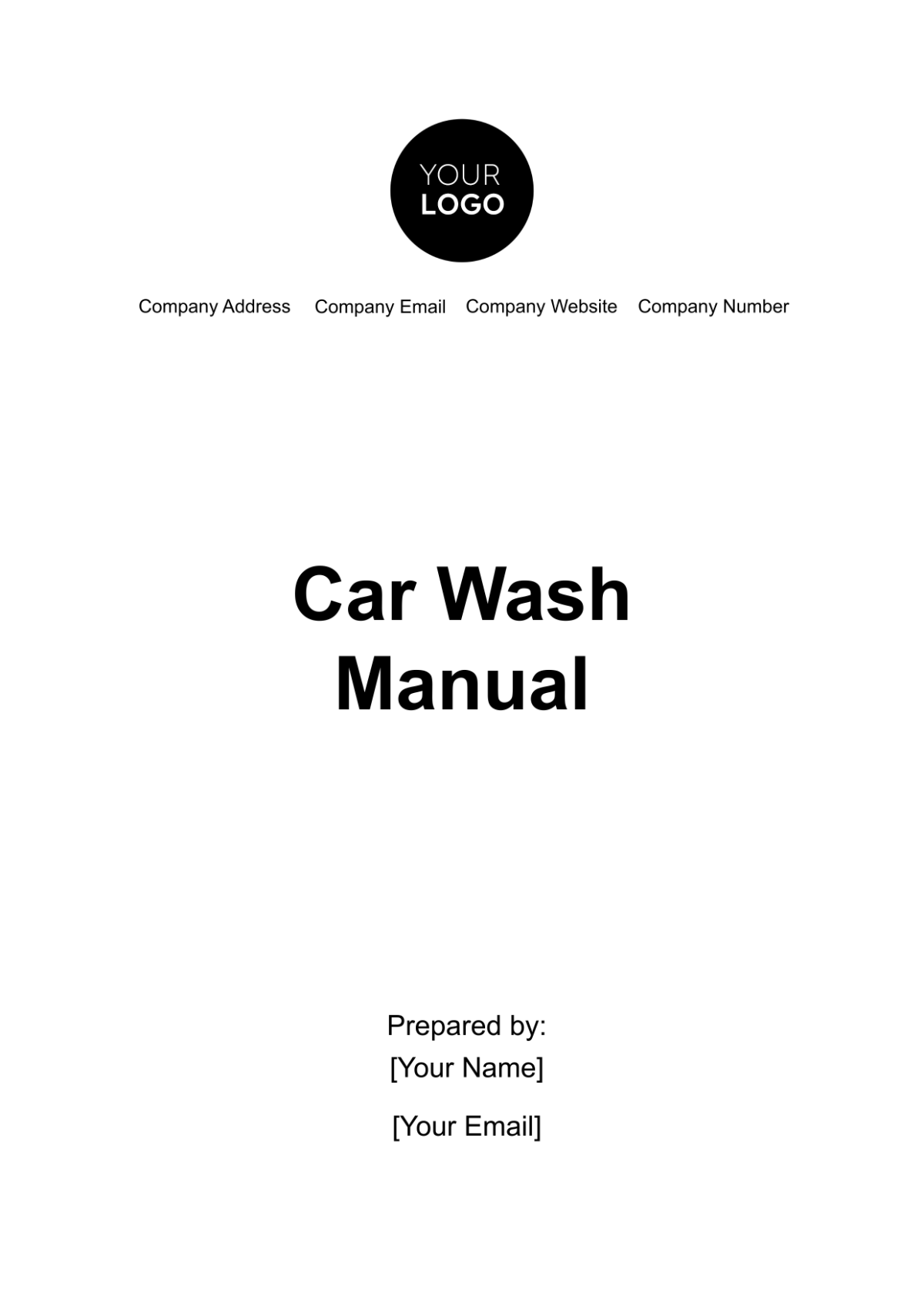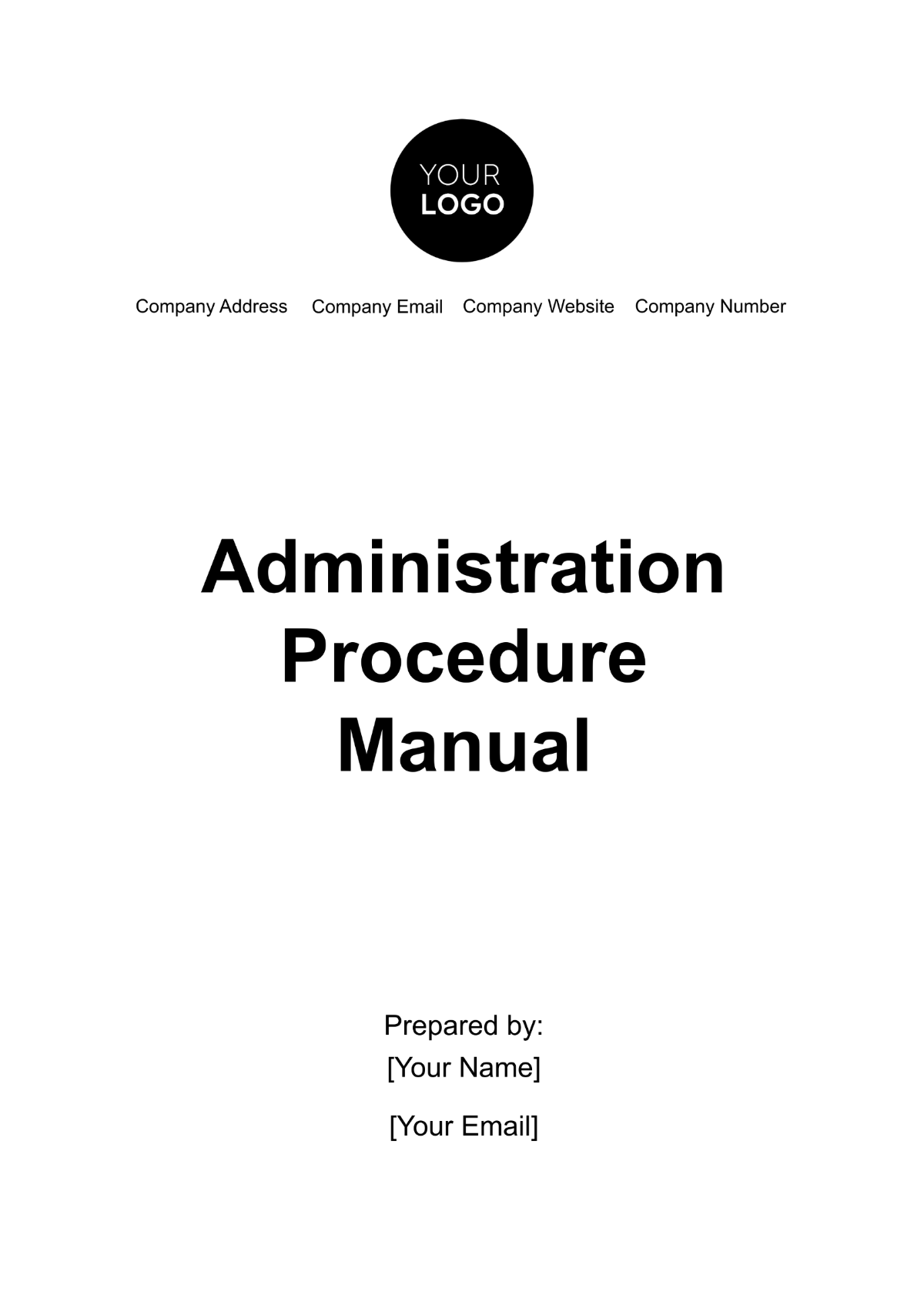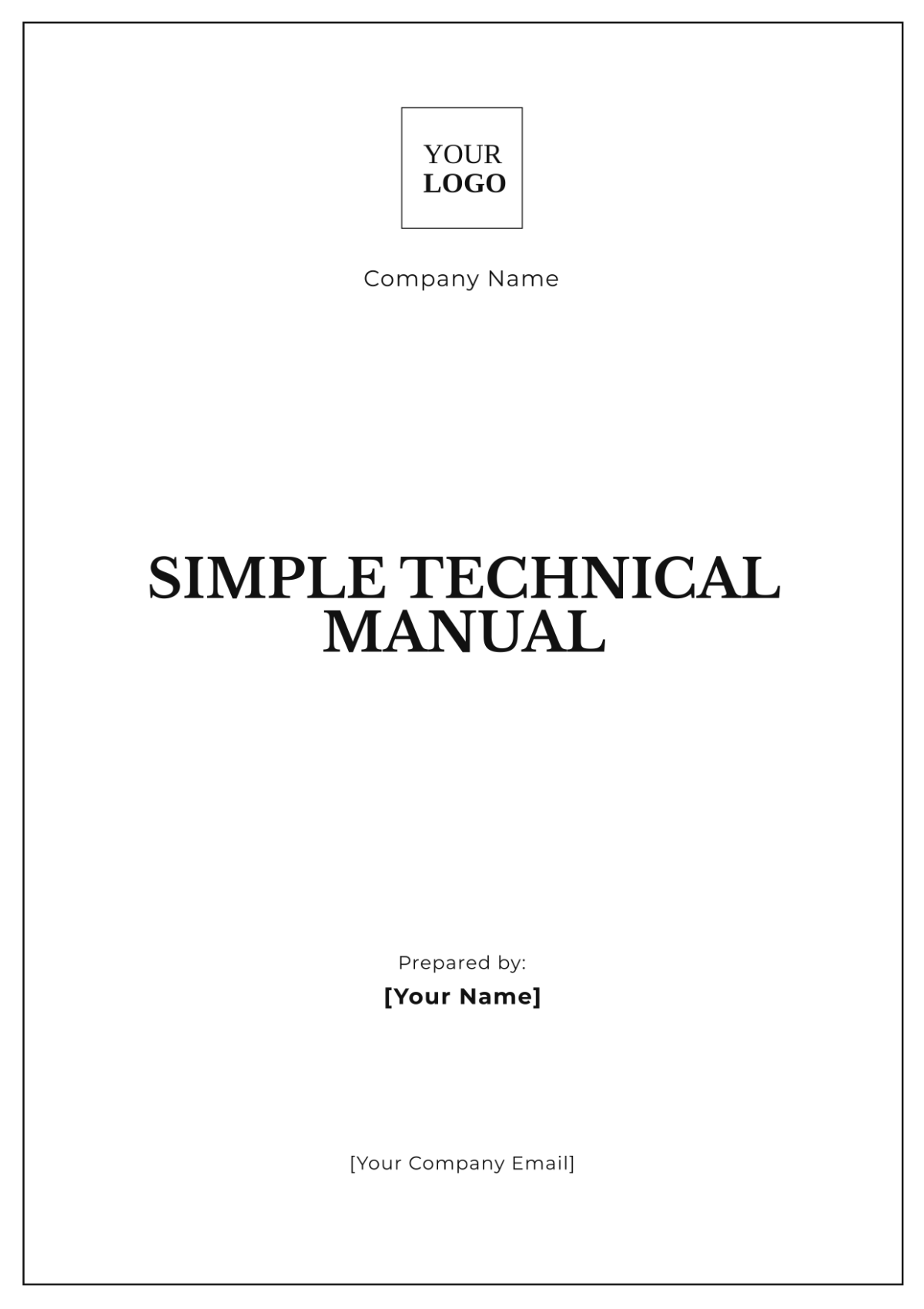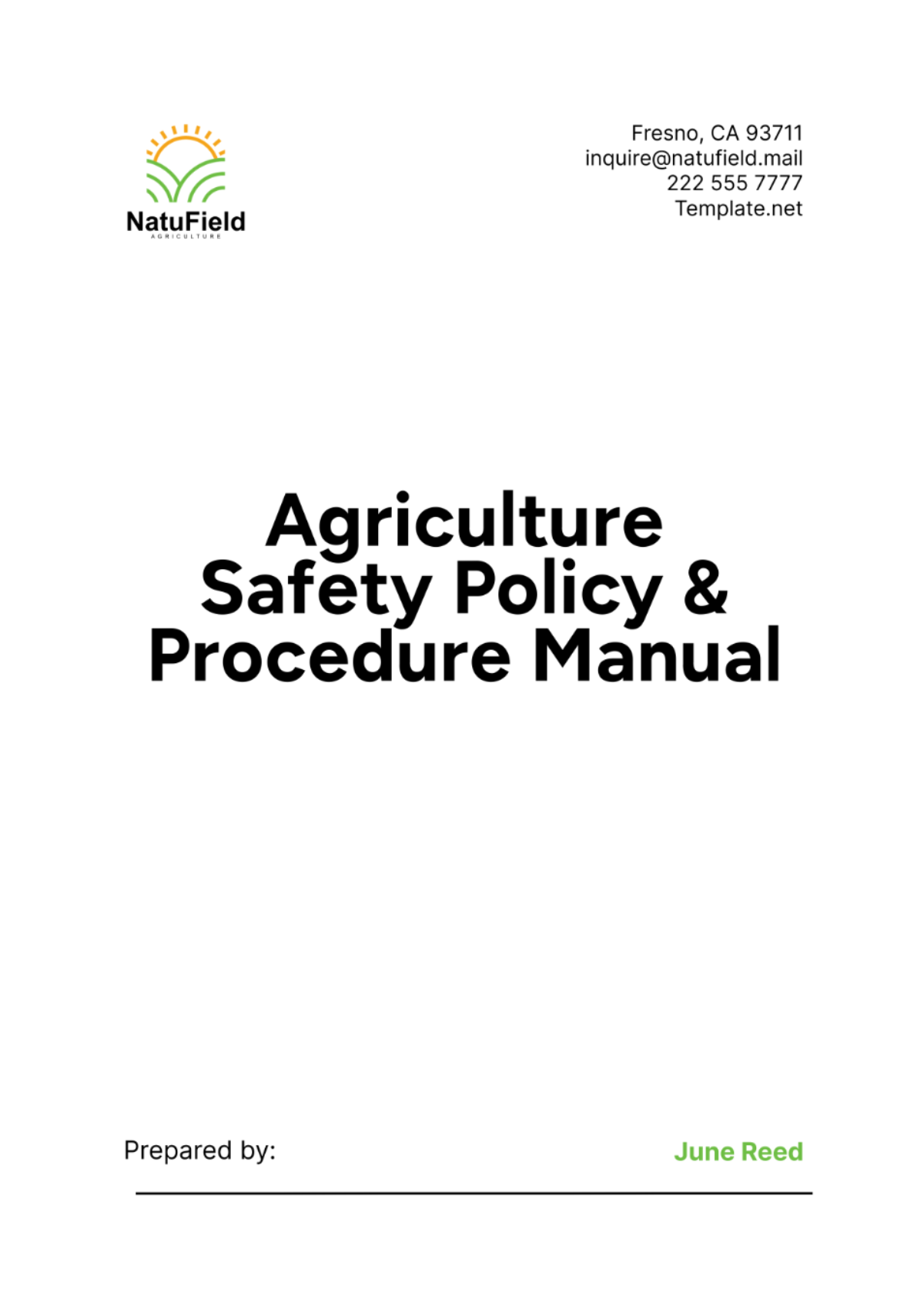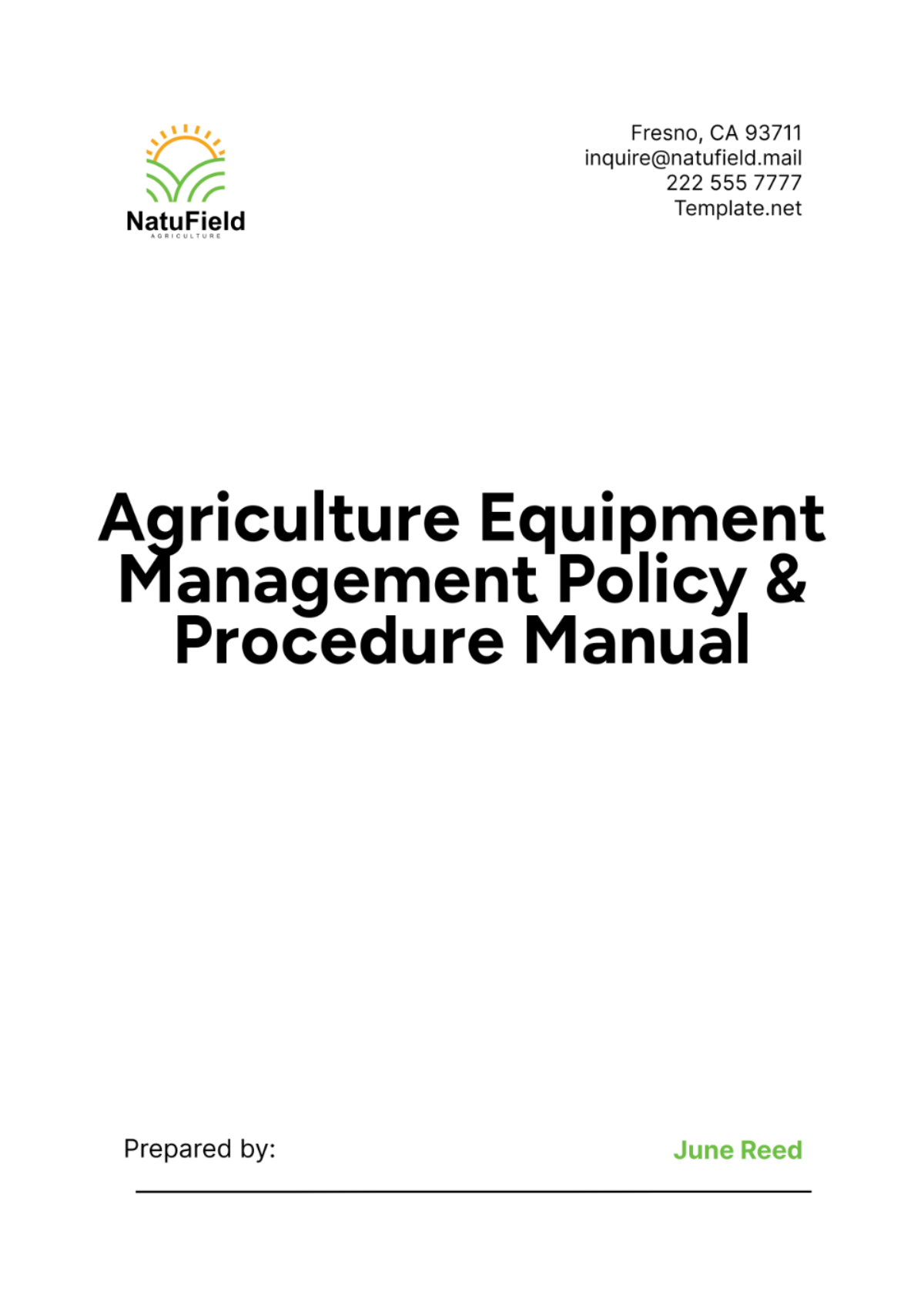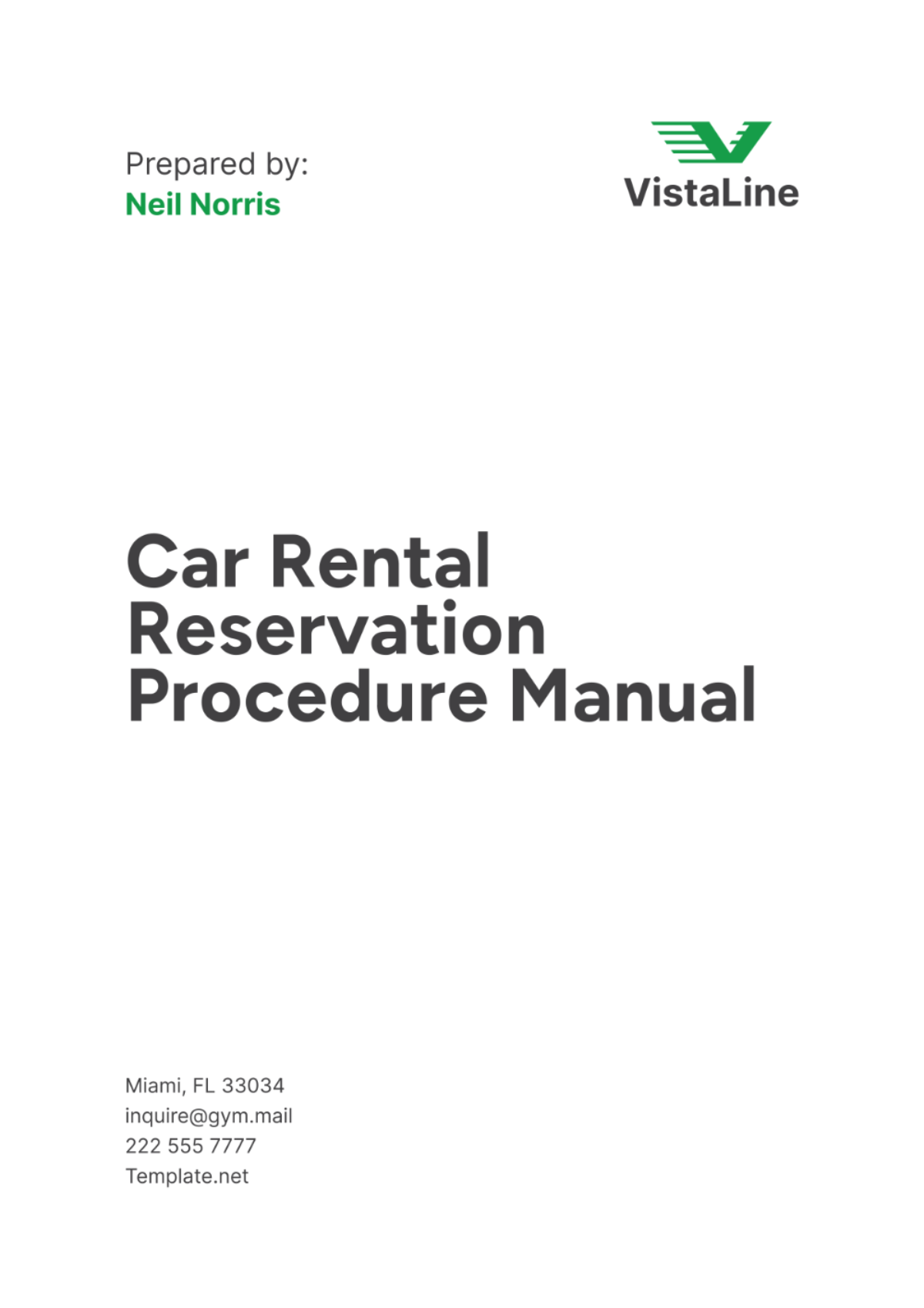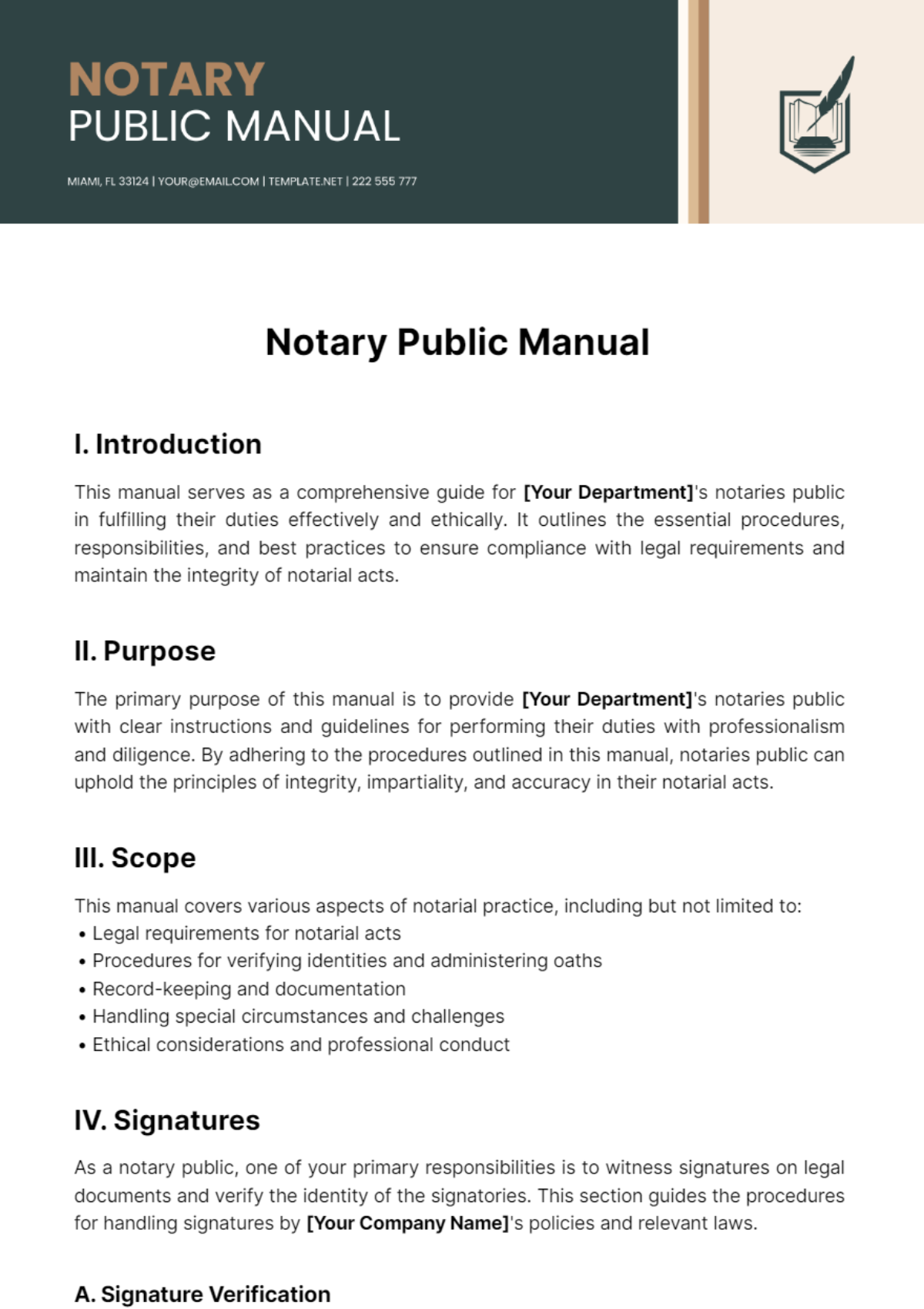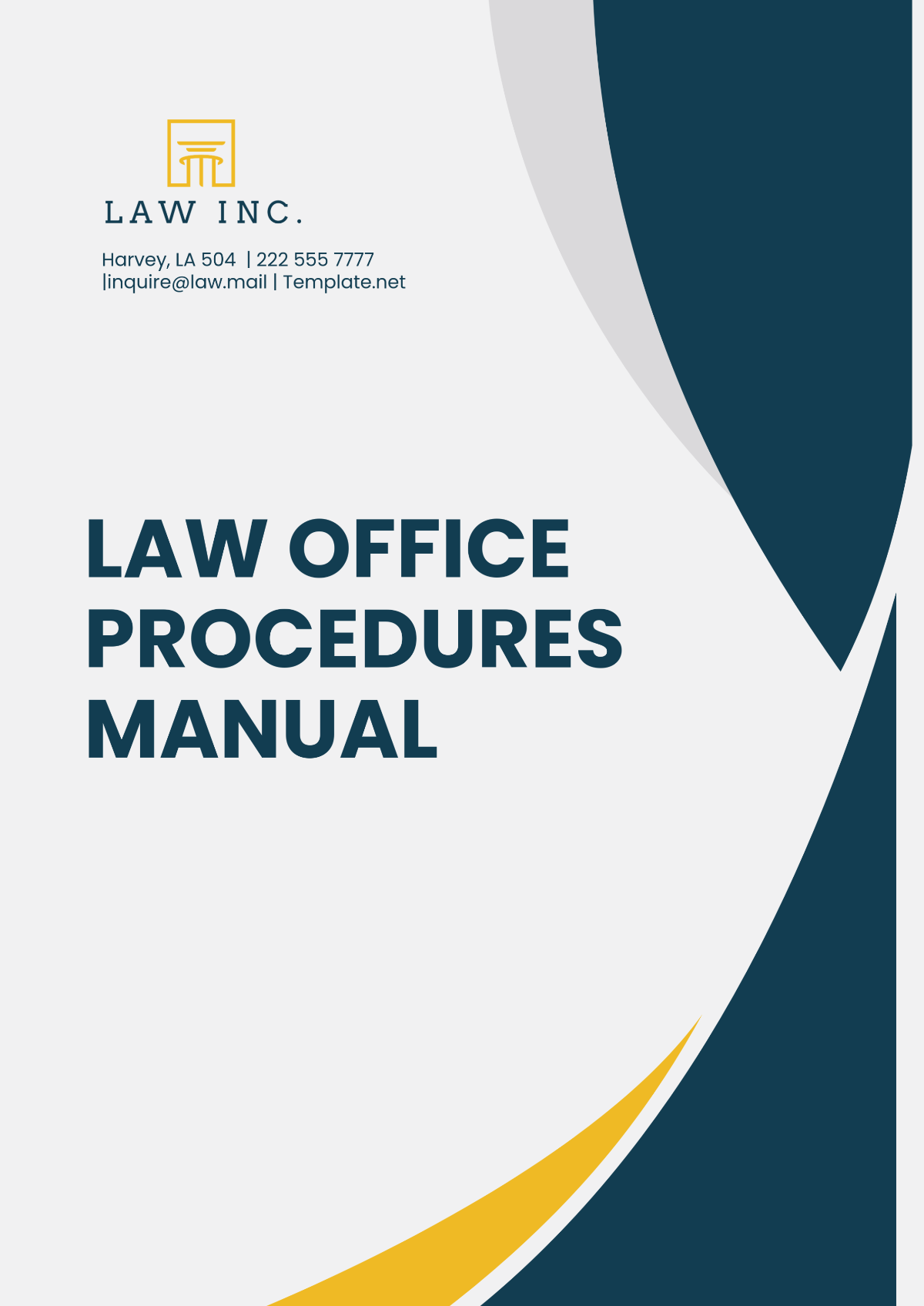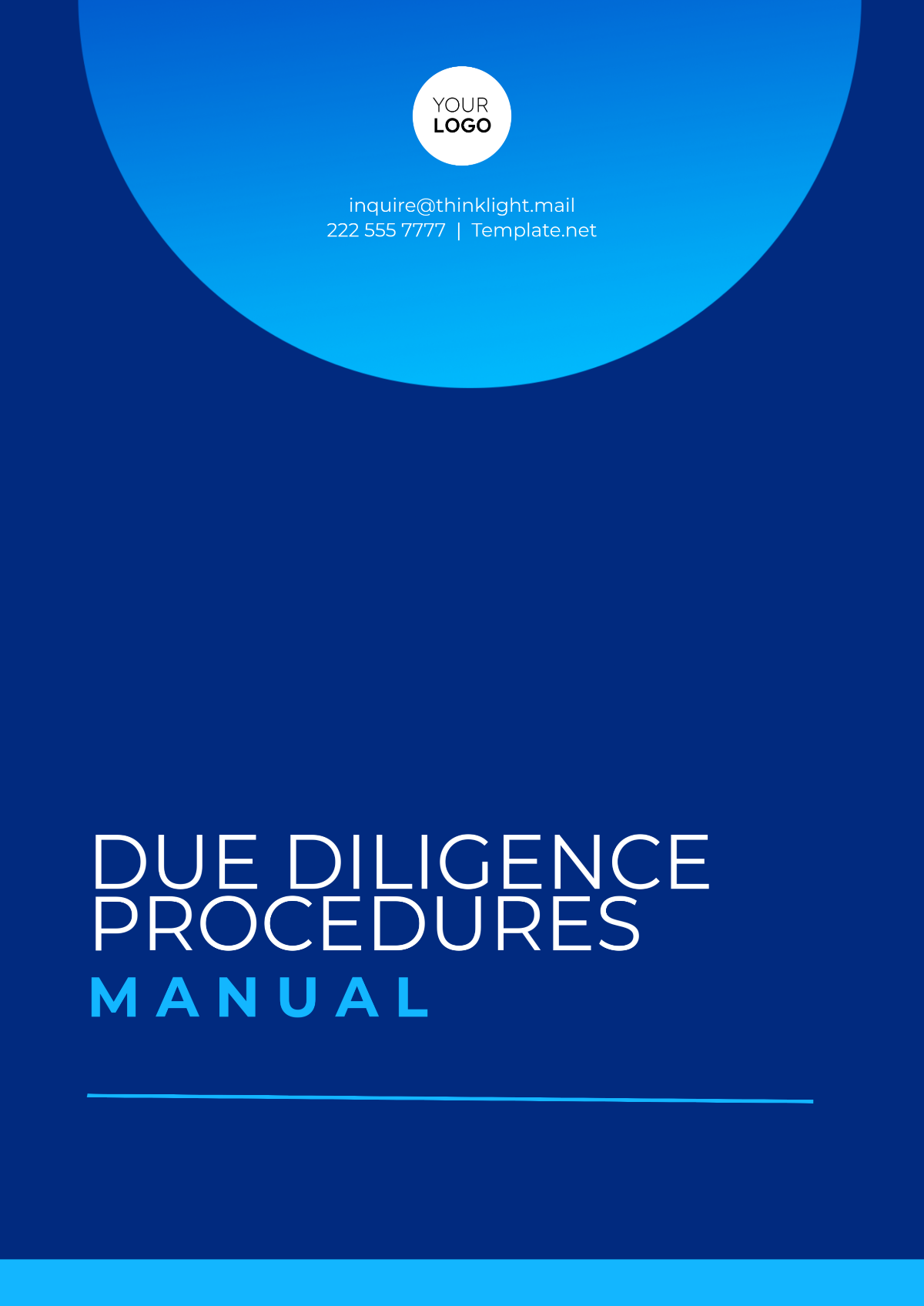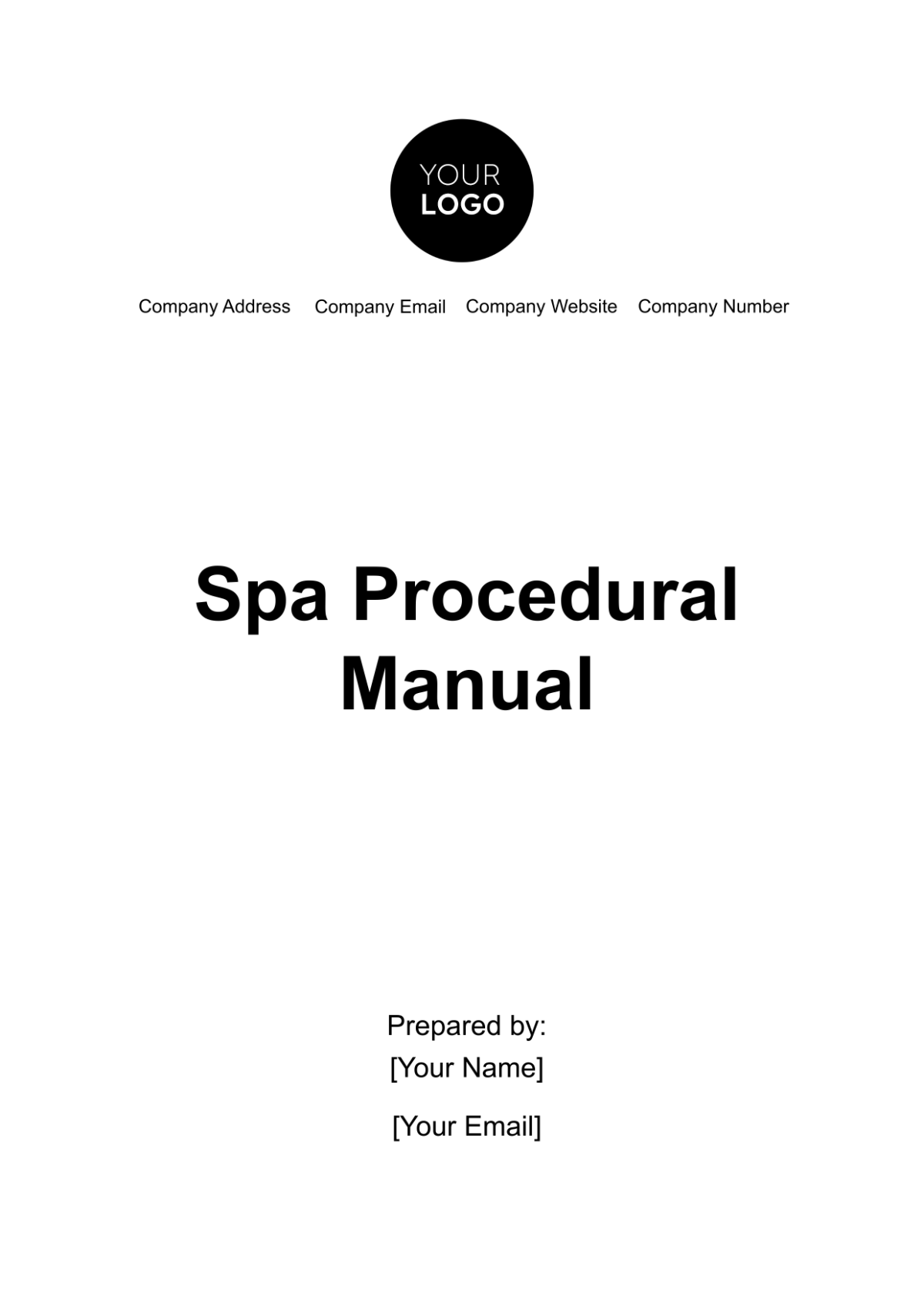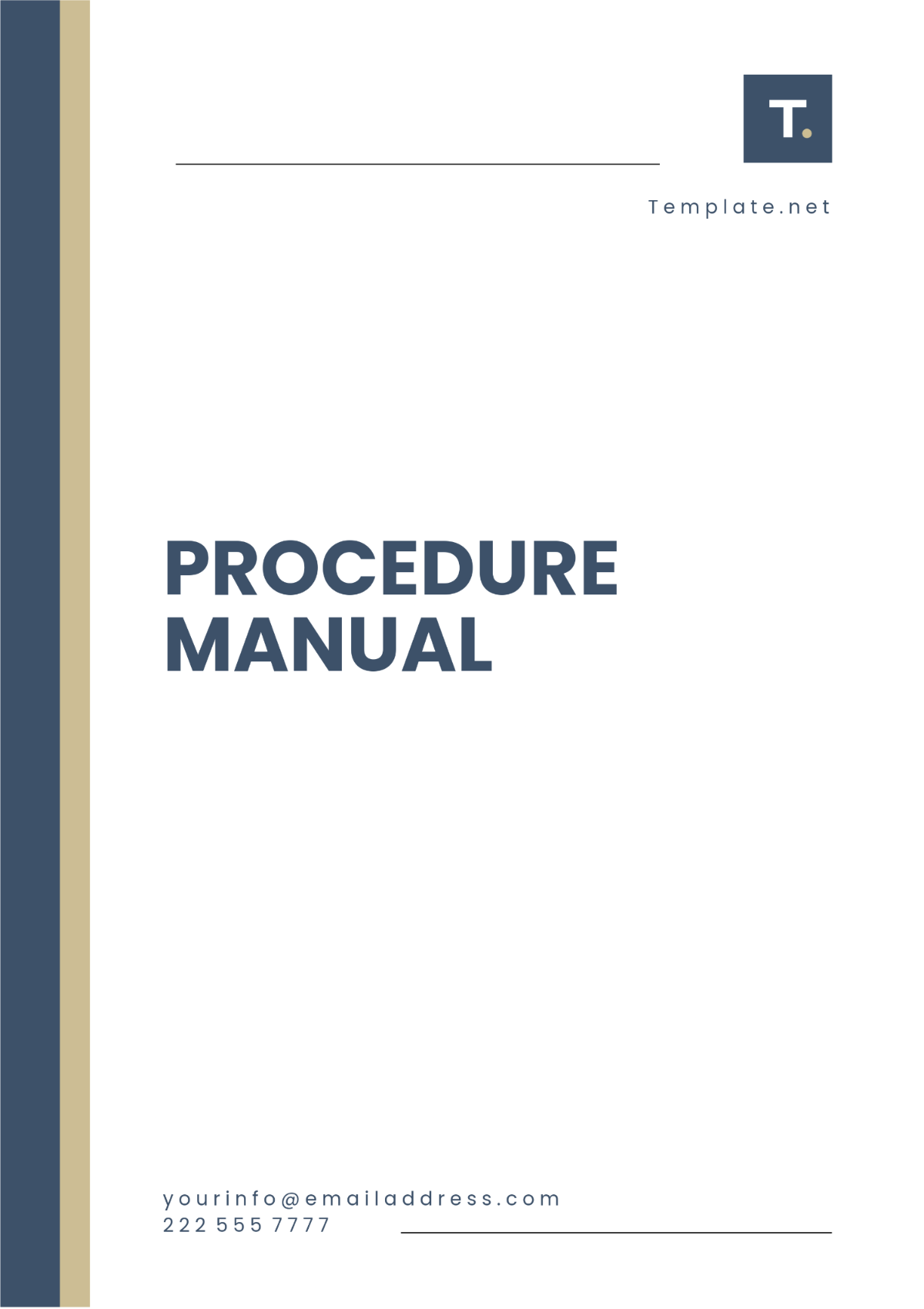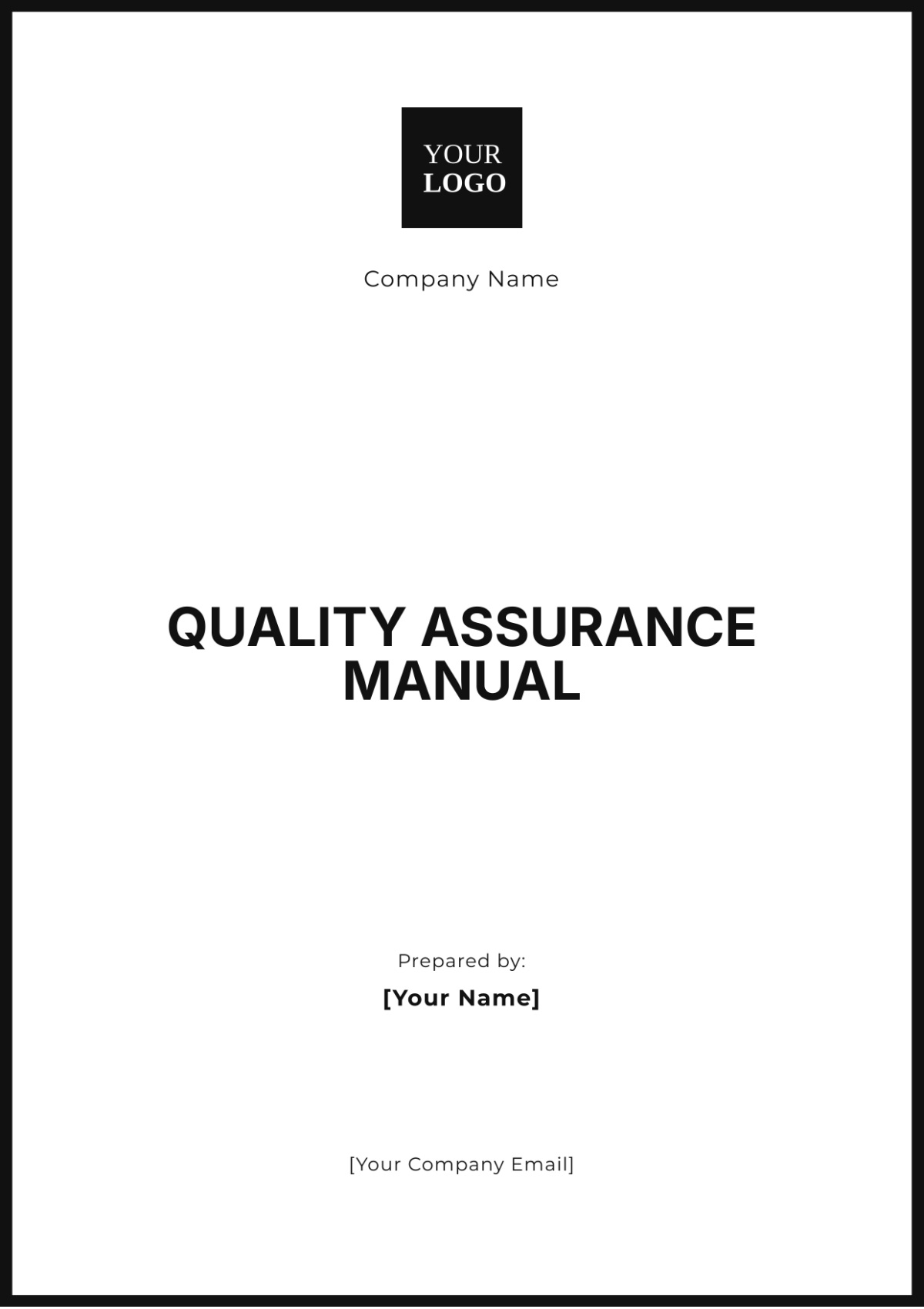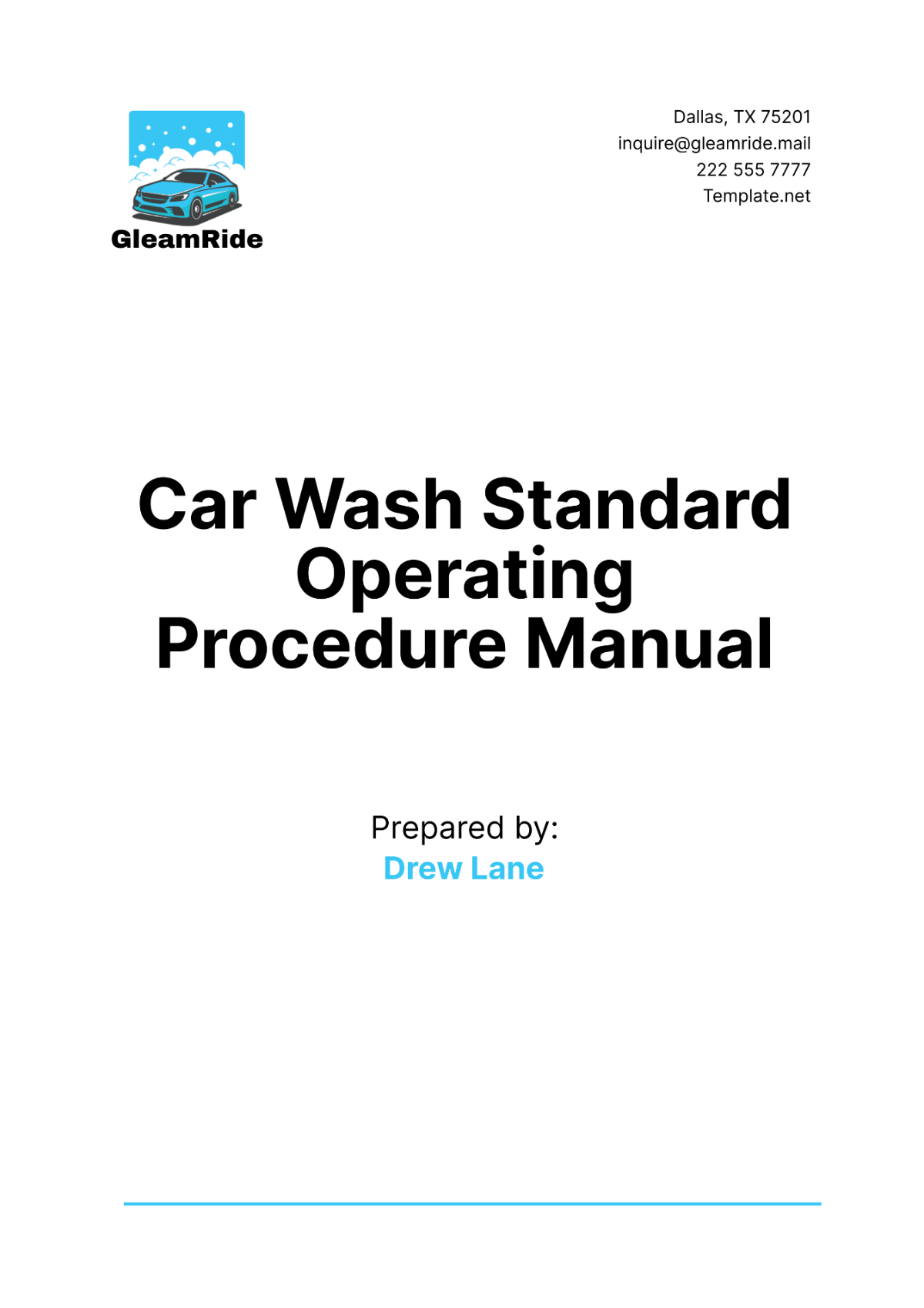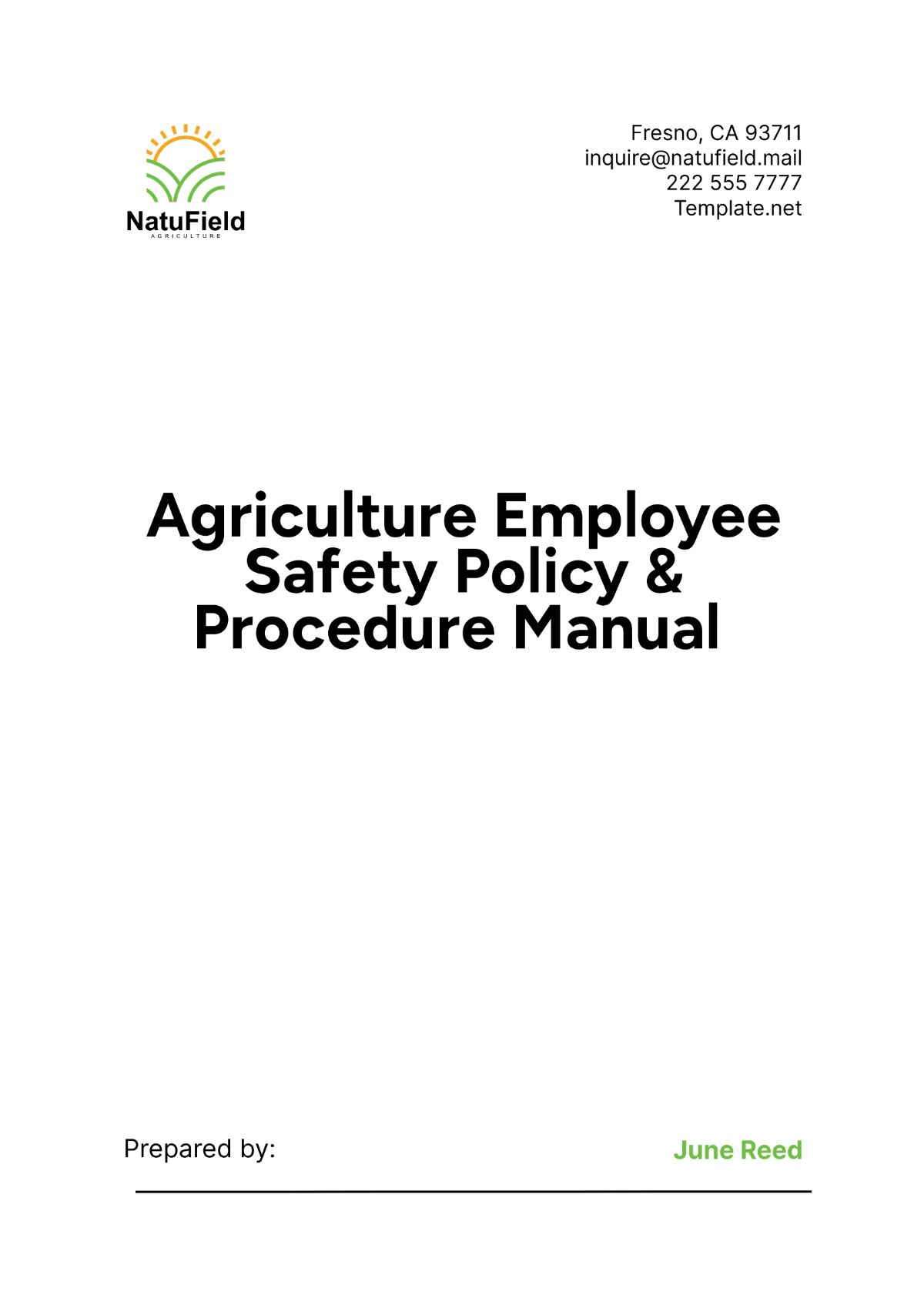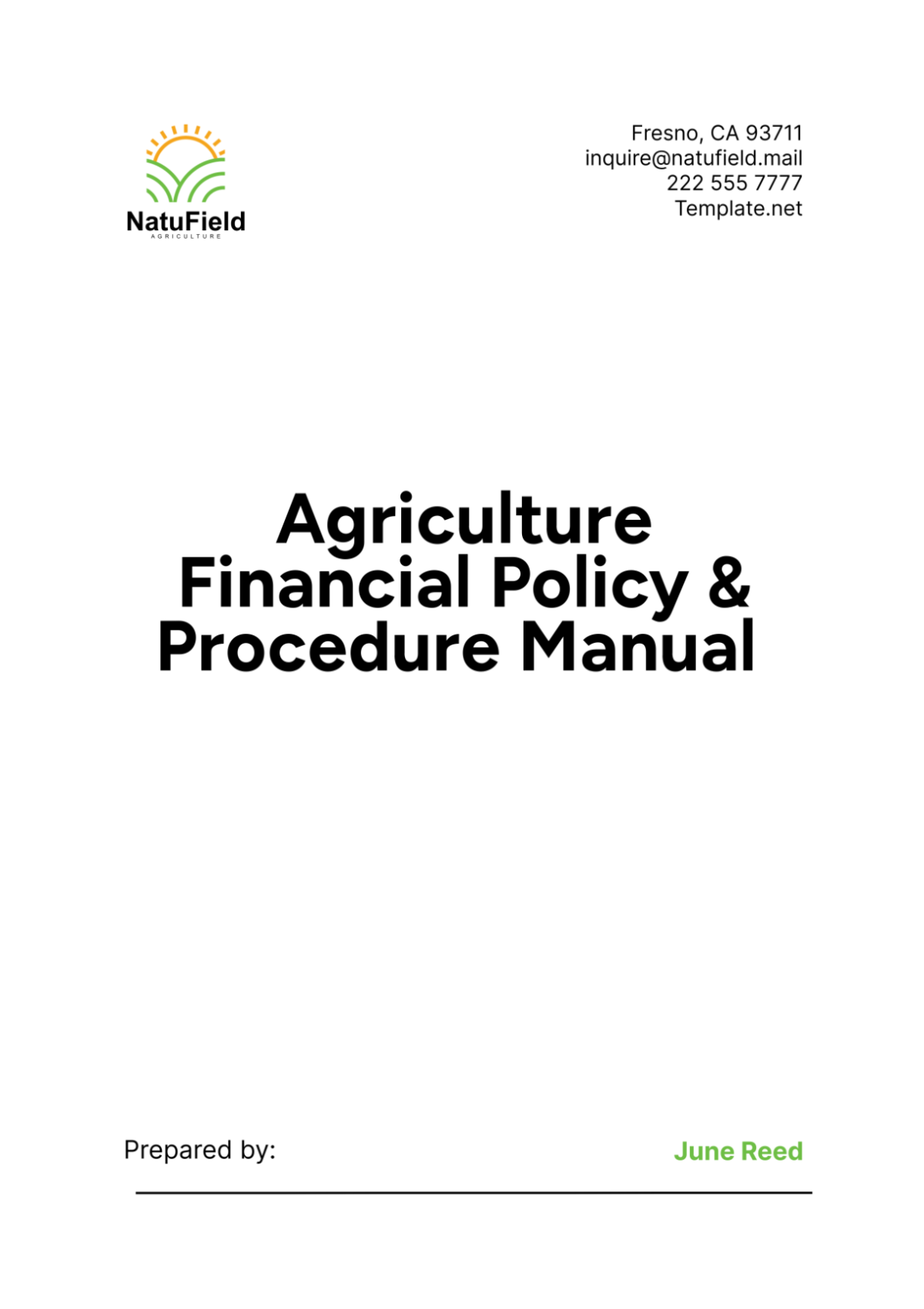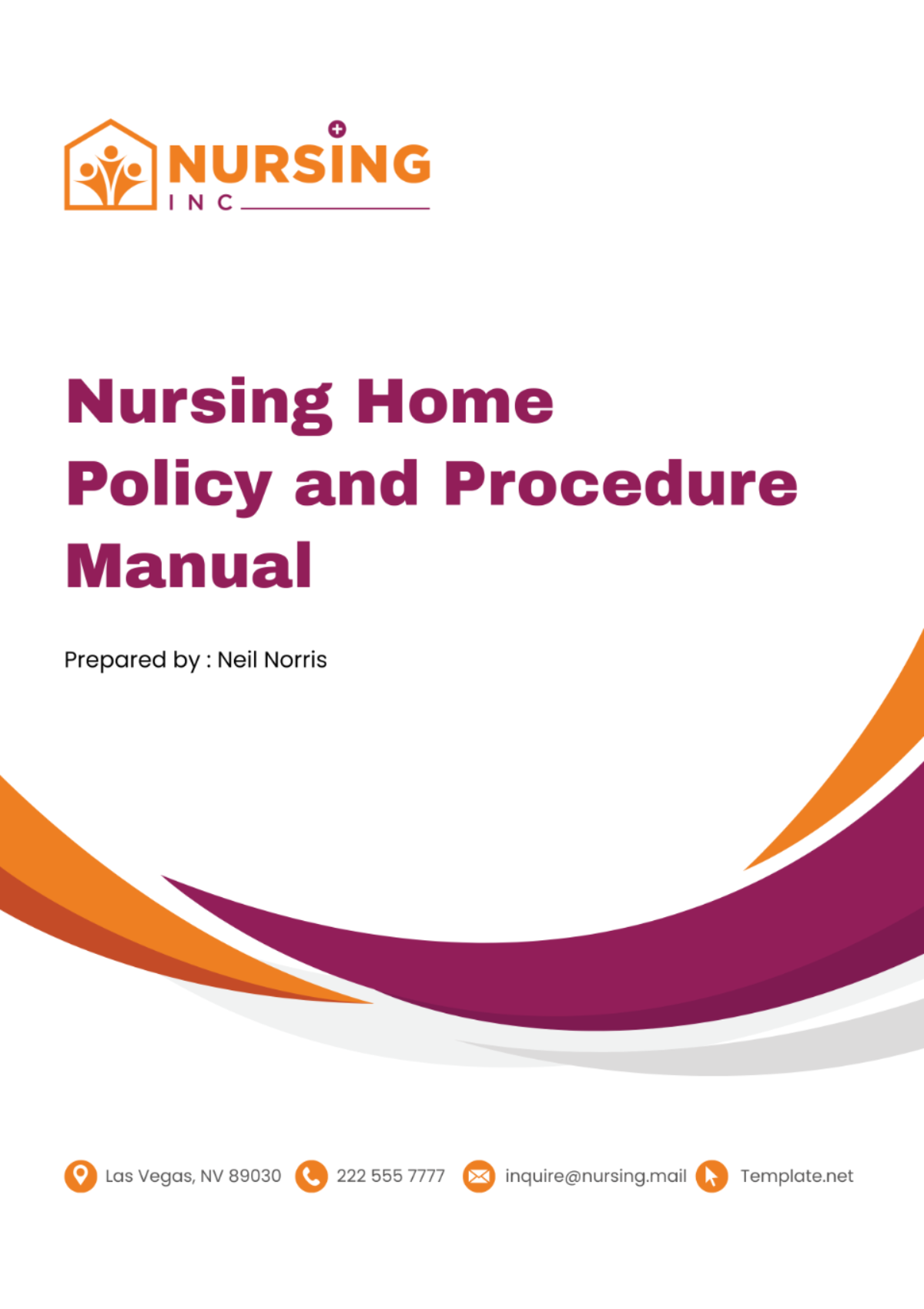Manager’s Procedure Manual
Prepared by: [Your Name]
Date: January 1, 2060
I. Introduction
This manual provides a comprehensive guide for managers, outlining essential procedures, roles, responsibilities, and relevant policies. Its purpose is to ensure consistency, compliance, and efficiency across all managerial functions. Managers are encouraged to familiarize themselves with this manual to effectively lead their teams and meet organizational objectives.
II. Roles and Responsibilities
Managers play a pivotal role in shaping team dynamics, achieving strategic objectives, and supporting organizational success. Core responsibilities include:
Leadership and Team Direction: Provide vision and direction, aligning team efforts with organizational goals, and fostering a collaborative and goal-oriented environment.
Operational Oversight: Oversee daily operations to ensure smooth and effective functionality, identifying and addressing potential obstacles proactively.
Communication of Objectives: Communicate organizational objectives, updates, and changes to the team, ensuring alignment and shared understanding.
Performance Management: Regularly evaluate team and individual performance, providing constructive feedback and recognizing achievements to drive motivation.
Resource Management: Strategically allocate resources (time, budget, personnel) to optimize team output, reduce inefficiencies, and minimize costs.
III. Policies and Guidelines
Managers must adhere to key policies that support ethical and fair practices, foster a positive work environment, and protect organizational interests:
Code of Conduct Compliance: Uphold and exemplify the company's code of conduct, modeling ethical behavior and accountability in all managerial actions.
Inclusive Practices: Implement inclusive and equitable workplace practices, ensuring that all team members have equal opportunities for contribution and growth.
Confidentiality Management: Protect sensitive company and client information, ensuring that data is handled securely and concerning privacy standards.
Conflict Resolution: Follow established protocols for addressing conflicts, fostering a supportive environment where issues are resolved constructively and promptly.
IV. Standard Operating Procedures (SOPs)
This section provides step-by-step instructions for essential managerial tasks:
Employee Onboarding: | Performance Review: |
|---|---|
|
|
V. Communication Protocols
Effective communication is central to management success. Managers should adhere to these communication principles:
Open Communication Channels: Foster an environment where team members feel comfortable expressing ideas, concerns, and feedback without hesitation.
Use of Approved Channels: For all official communications, utilize company-approved platforms to maintain professionalism and data security.
Clarity and Precision: Ensure all messages are clear, concise, and free from ambiguity to facilitate smooth internal and external communications.
Addressing Barriers: Promptly identify and resolve communication barriers, ensuring that messages are understood and feedback is received effectively.
VI. Performance and Reporting Standards
To maintain a high-performance culture, managers are expected to adhere to these standards:
Performance Metrics: Track and analyze key performance indicators (KPIs) specific to department goals, using data to inform decisions and strategies.
Timely Reporting: Prepare and submit accurate performance reports to upper management, ensuring timeliness and transparency.
Continuous Improvement: Use performance data to identify improvement areas, implementing targeted solutions to enhance team productivity and results.
Result-Oriented Environment: Cultivate a culture that emphasizes outcomes, encouraging team members to meet and exceed set performance expectations.
VII. Compliance and Safety
Managers have a responsibility to maintain a safe and compliant work environment, adhering to organizational standards and legal requirements:
Legal and Industry Standards Compliance: Ensure all team operations are in compliance with relevant regulations, keeping abreast of any updates.
Safety Protocols: Enforce workplace safety protocols, conducting regular audits and ensuring that emergency procedures are understood by all team members.
Training and Awareness: Regularly provide team members with training on compliance and safety protocols to foster a safe, informed work environment.
Incident Reporting: Promptly report any safety concerns, breaches, or incidents according to company protocols, ensuring transparency and corrective action.












